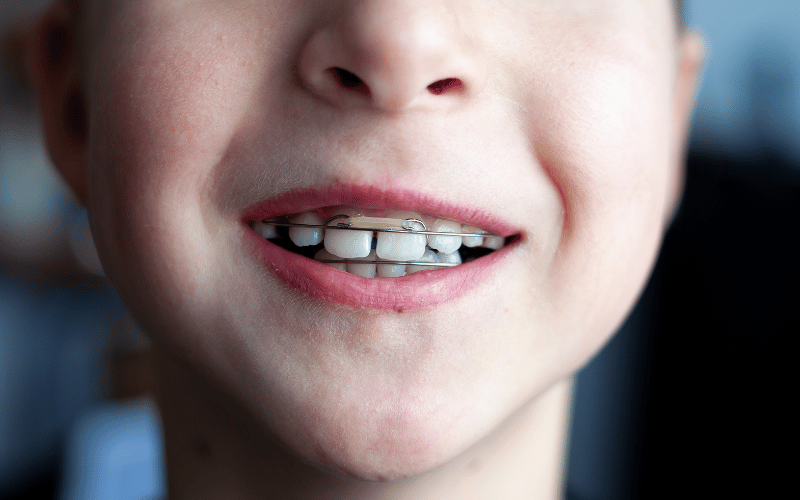8. Changes in Bite: The Subtle Shifts Caused by Periodontitis

Changes in bite or the way teeth fit together are subtle yet telling symptoms of periodontitis. This symptom often goes unnoticed at first, as the changes can be gradual. However, as periodontitis progresses, it can significantly alter the alignment of teeth, leading to noticeable differences in how the upper and lower teeth come together.
The fascinating aspect of this symptom is its indirect nature. Periodontitis doesn’t directly move teeth; rather, it affects the support structures – the gums and bones. As these structures become damaged and weakened, they can no longer hold the teeth in their proper positions, leading to shifts in bite alignment.
These changes in bite can have a domino effect on oral health. They can lead to issues like increased tooth wear, difficulty in chewing, and even discomfort or pain in the jaw. This is because the natural balance and distribution of bite forces are disrupted, placing undue stress on certain teeth and jaw muscles.
What’s intriguing about this symptom is its potential to affect speech. As teeth move and the bite changes, it can impact the way sounds are produced, leading to noticeable differences in speech patterns. This symptom is not just about dental health; it’s about how one interacts with the world.
Addressing changes in bite due to periodontitis requires a comprehensive approach. It’s not just about realigning the teeth but about treating the underlying periodontal disease to stabilize the oral structure. This symptom, though subtle, is a clear indicator of the need for professional dental assessment and intervention. (8)